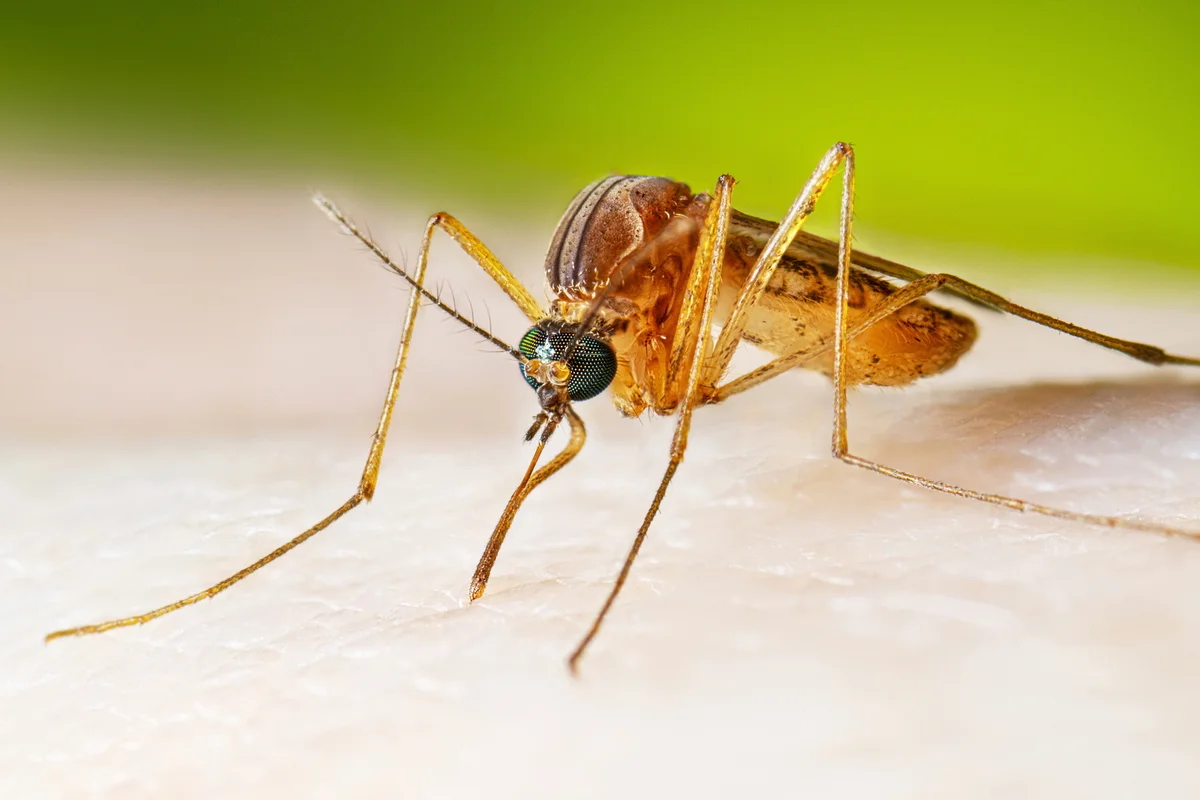By Jane Kirby
Copyright independent

Malaria-carrying mosquitoes are evading efforts to control them in growing numbers.
But this may be coming to an end soon, as a group of British scientists have discovered genetic clues in a bid to eliminate the disease.
A team has examined Anopheles funestus (An. funestus), one of the most neglected but prolific malaria-transmitting mosquitoes in Africa, and discovered how the species is managing to evolve over time to survive.
The results of the study provide a new understanding of An. funestus that will inform further work into how malaria can be eliminated.
An. funestus is one of the most widespread mosquito species in Africa and has a significantly longer lifespan than other malaria-transmitting mosquitoes.
The females are attracted to humans as a source of blood, which they need to develop their eggs.
Experts already know that An. funestus is brilliant at adapting – for example, in some areas, it has evolved from biting indoors in the evening to biting outdoors during the day, likely in response to people using mosquito nets.
For the new work, published in the journal Science, experts from the Wellcome Sanger Institute in the UK got together with mosquito biologists across Africa.
They collected and sequenced the whole genomes of 656 modern An. funestus mosquito specimens and also sequenced 45 historic specimens from the Natural History Museum in London and the French National Research Institute for Sustainable Development that were collected between 1927 and 1967.
The team found high levels of genetic variation in An. funestus across Africa and discovered that samples originating from equatorial countries shared many genetic similarities, despite covering a 4,000-kilometre range.
This suggests they belong to one large, interconnected population.
However, some samples from this region, such as those from North Ghana and South Benin, were isolated and genetically distinct.
The experts said their work shows some populations mix widely, while others remain separate, which can affect efforts to control them at a local level.
By looking at the DNA of the historic samples, the team was also able to highlight the fast-evolving nature of An. funestus.
One key mutation linked to insecticide resistance, which is widespread among the modern populations, was already present in the mosquitoes from the 1960s.
However, other mutations that make mosquitoes resistant to insecticides were absent from the historic mosquitoes, suggesting that these became beneficial for the mosquitoes only later, as different insecticides were used in subsequent decades.
The work is also informing how mosquitoes could be eliminated and controlled.
Scientists have already developed a method known as gene drive for genetically modifying malaria-transmitting mosquitoes to cut their ability to spread the disease.
For example, different species of mosquitoes could be genetically modified to reduce the number of females, which are the ones who transmit malaria when they bite humans.
The Sanger team has now discovered that a key target for a gene drive in An. gambiae – another major malaria-transmitting mosquito species – is very similar in An. funestus.
They say this is encouraging as it suggests the gene drive system developed for An. gambiae can be adapted to work in An. funestus as well.
Professor Charles Wondji, author on the paper from the Liverpool School of Tropical Medicine and based at the Centre for Research in Infectious Diseases in Cameroon, said: “For too long An. funestus has been neglected despite its key role in malaria transmission across Africa…
“My team is proud to have contributed to this major milestone that will facilitate the implementation of future control interventions against this major vector.”
Dr Mara Lawniczak, senior author and senior group leader at the Wellcome Sanger Institute, said: “We find some mosquito populations readily sharing variation across the African continent, while others are close neighbours but genetically distinct.
“This is a challenge for vector control.
“We hope the greater understanding of the high levels of genetic diversity and the complex population structure we uncover here will underpin smarter surveillance and targeted vector control.”



